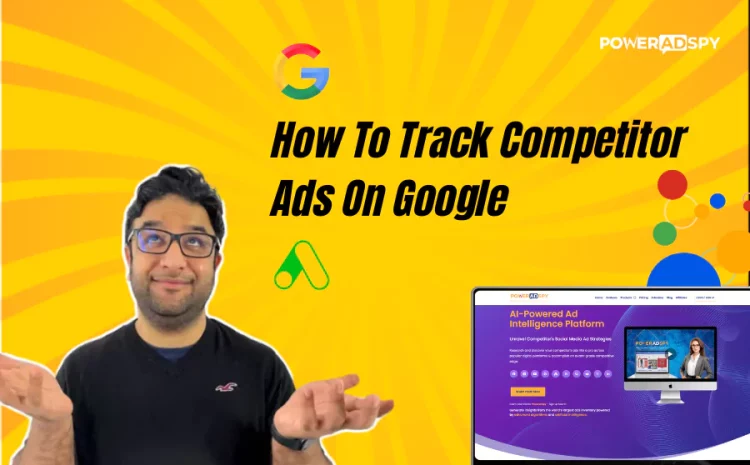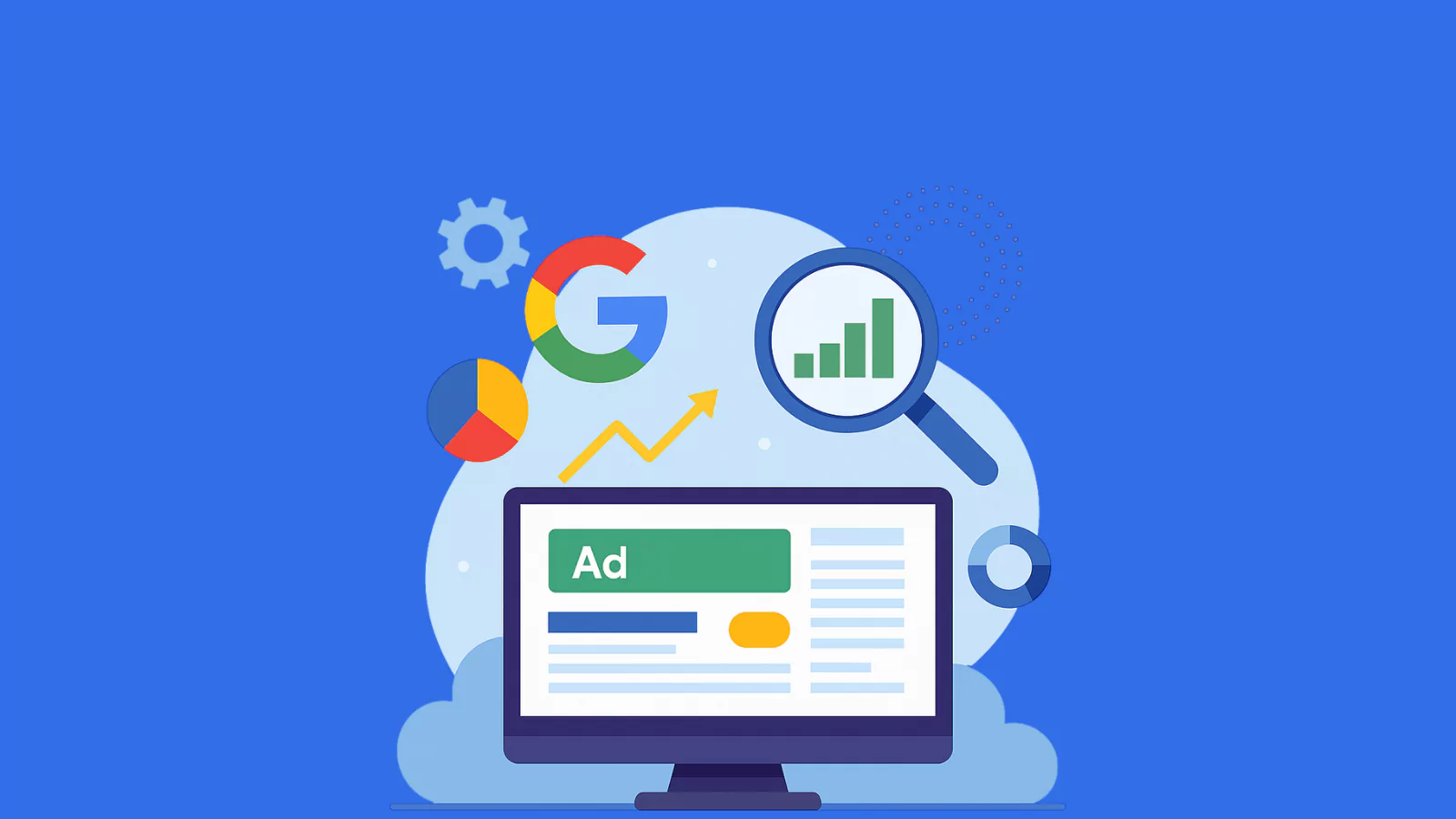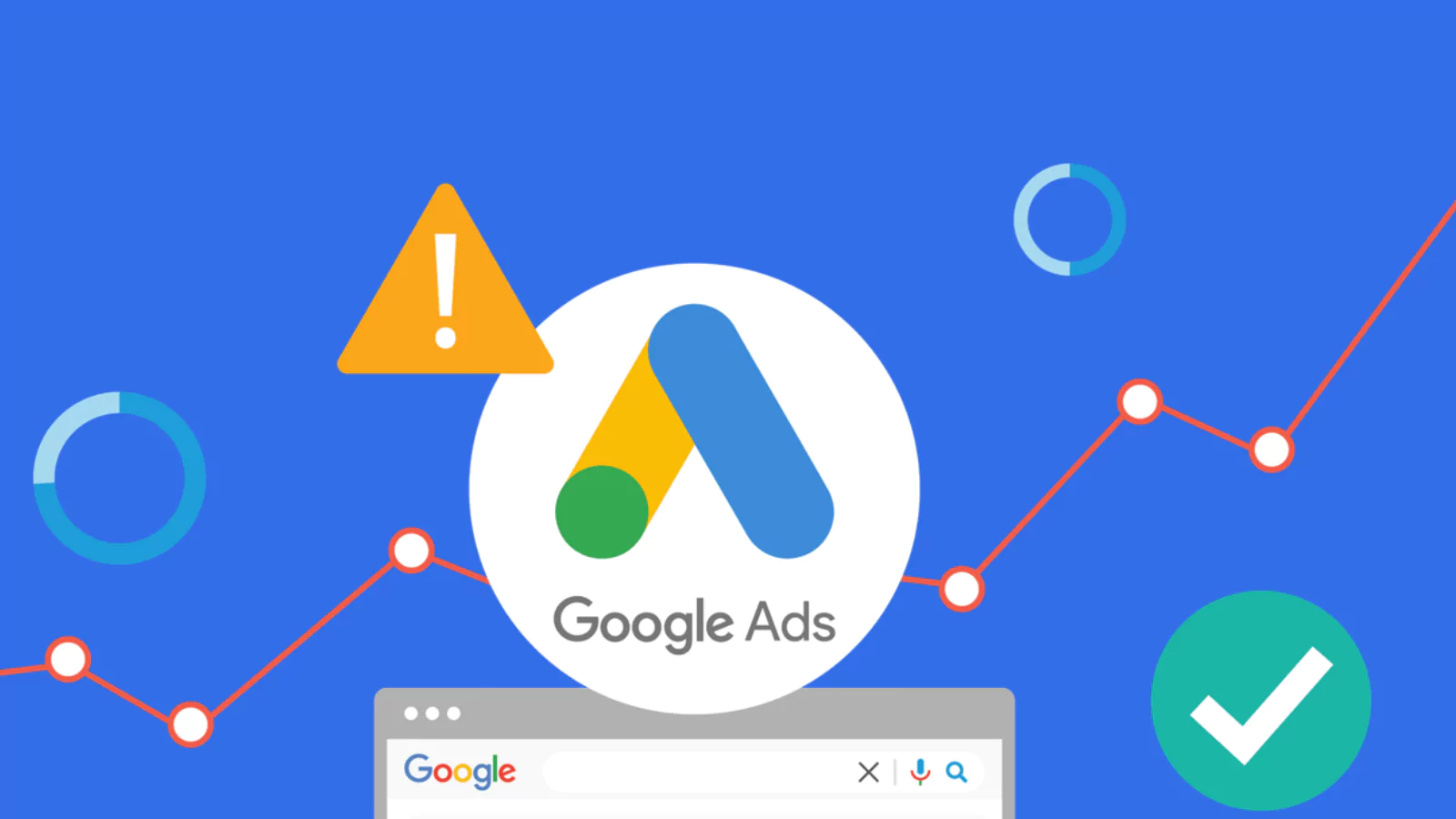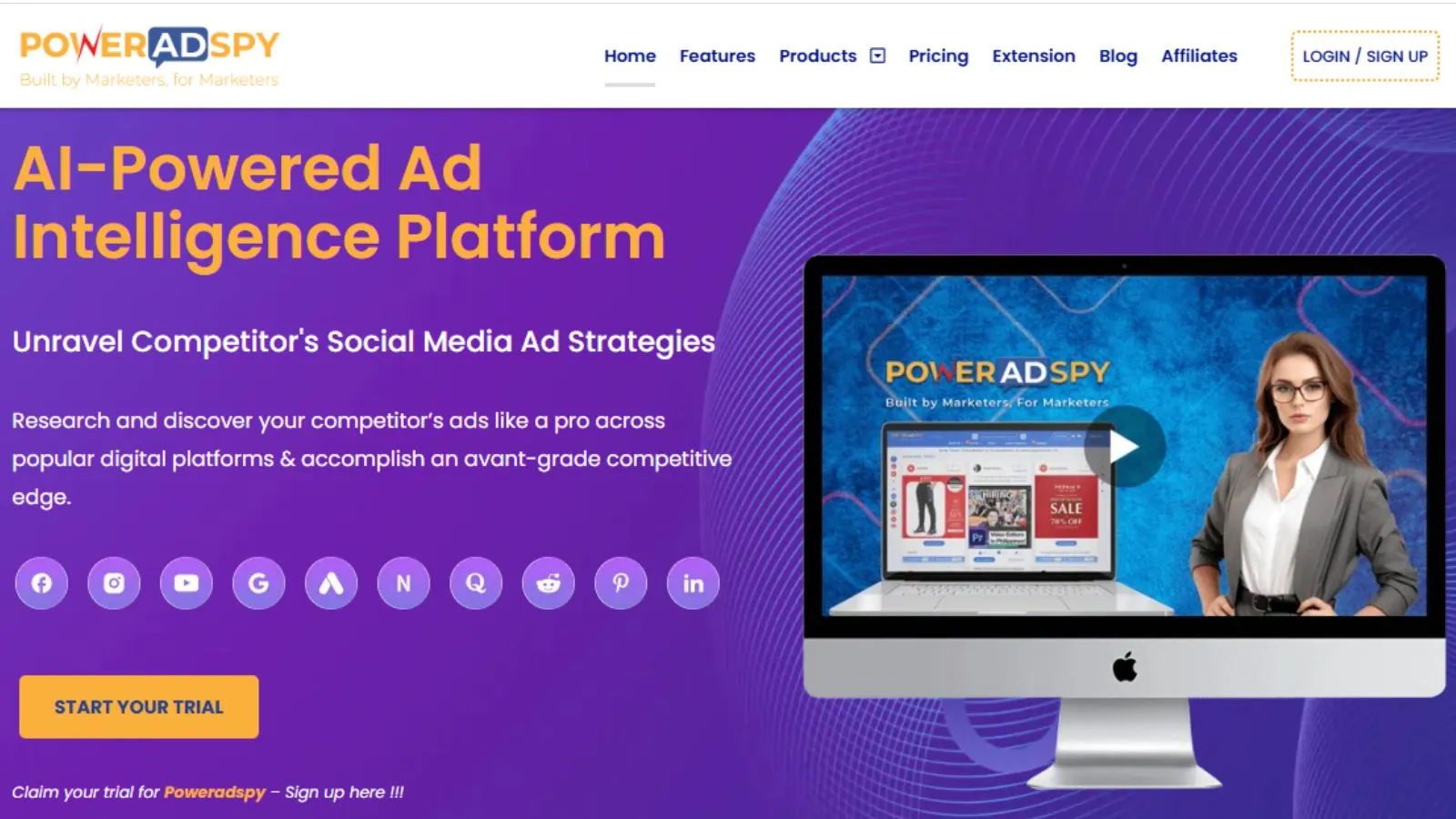What Is Competitor Ads Analysis And Why Is It Important
According to Statista, Google accounted for over 83% of the global search ad revenue in 2024. With millions of businesses running ads on the platform, standing out in the Google Ads arena has become increasingly complex. Most advertisers don’t just compete for keywords—they compete for attention, relevance, and conversions. To succeed, knowing your competitors’ moves is no longer optional. It’s strategic. This is where analyzing competitor ads comes into play, especially within the Google Ads ecosystem.
When done right, it helps uncover keyword gaps, high-performing creatives, bidding strategies, and missed opportunities. In this blog, we’ll explore how you can conduct Google competitor ad analysis effectively, backed by tools and ensure every dollar you spend drives value.
Let’s start by understanding why competitor ads on Google matter in the first place.
Why Analyzing Google Competitor Ads Is Essential?
Google Ads is a pay-to-play model—your performance is directly tied to your bidding intelligence and creative relevance. By analyzing competitor ads:
- You understand which keywords trigger their ads.
- You learn which copy angles, CTAs, and offers they are testing.
- You can gauge their landing page structure and funnel.
- You identify seasonal trends, budget shifts, and ad fatigue patterns.
This means every piece of insight you gather from competitor ads helps you avoid guesswork and make informed decisions. If your CTR is dropping or your CPCs are climbing, your competitors may already be doing something differently or better. Spotting signs of ad fatigue early through competitive research can also help you refresh creatives before performance suffers.
Now that we’ve established the value, let’s see what steps you can take to analyze Google Ads competitors effectively.
Step 1: Identify Your Real Google Ads Competitors
Before diving into keyword research or ad creative, it’s important to know who your actual competitors are on Google Ads. Many brands assume they’re going head-to-head with familiar industry players—but that’s not always true.
Instead, use tools like Google Auction Insights or a platform like PowerAdSpy to get a clearer view. These tools show which advertisers’ domains frequently appear alongside yours in search results or on the same placements. The true competition often includes:
- Advertisers bidding on your most valuable keywords.
- Brands offering similar pricing or features.
- Businesses targeting the same regions or demographics.
Identifying them accurately is key. Otherwise, you risk benchmarking against irrelevant brands and wasting valuable analysis time. Once you’ve shortlisted them, it’s time to dig into their actual competitor ads to see what messaging they lead with.
Also Read
Shortcut To Strike Your Rival : Competitor Analysis Framework
Get The Powerful Spying Tool To Seize Your Competitor’s Marketing Strategies
Step 2: Explore Competitor Ad Copies And Creative Hooks
Now that you know who your Google Ads competitors are, the next step is to analyze the creative content they use to attract clicks.
Thanks to the Google Ads Transparency Center, you can browse live and recent ads run by any advertiser. Pair that with a spy tool like PowerAdSpy, and you’ll get a fuller picture of their ad strategies. Here’s what to look for:
- Headlines and descriptions: What formats or formulas keep recurring?
- Emotional vs. rational hooks: Are they using empathy, urgency, or logic?
- Use of trust triggers: Certifications, reviews, guarantees, or “bestseller” labels.
- Frequency of refresh: How often do they change creatives or test new messages?
For instance, a fitness supplement brand might consistently use “scientifically backed” or “before-after transformations” in its copy. When patterns like this repeat, it’s usually because they’re converting well. Monitoring competitor ads like this helps you test informed variations in your campaigns.
Let’s now move on to the engine behind every ad—keywords.
Step 3: Analyze Keywords Competitors Are Targeting
Creative hooks are crucial, but none of it matters if the ad doesn’t show up for the right queries. That’s where competitor keyword research comes into play.
Best Ad spy tools like PowerAdSpy let you dissect the keywords that trigger both search and display campaigns. When assessing competitor ads, focus on:
- Top-performing keywords by volume or impressions.
- Branded vs. generic keyword use.
- Funnel stage: Are they targeting awareness (“what is CRM?”), consideration (“best CRM tools”), or conversion (“CRM free trial”)?
Imagine a B2B SaaS company targeting “affordable project management software.” If you spot a competitor also bidding on long-tail alternatives like “Trello vs. ClickUp” or “Notion for remote teams,” it gives clues into their funnel targeting.
Analyzing this helps you spot gaps or overlaps in your own strategy. Now, let’s zoom in on what their competitive ad spending patterns reveal.
Step 4: Estimate Competitor Spend And Bidding Behavior
Understanding how much your competitors are willing to spend can give you a serious strategic edge. While you won’t get exact dollar amounts, intelligent platforms can estimate spend levels and bidding strategies.
Here’s what you can infer when evaluating competitor ads:
- Approximate daily or monthly budgets.
- Preferred ad formats: responsive, image-based, or video.
- Bid modifications for mobile vs. desktop.
- Geo-targeting intensity.
Say a brand increases spend by 40% every Q4 and shifts to shopping ads—that’s a sign of holiday campaign prioritization. Another might aggressively bid on mobile during commute hours, optimizing for time-sensitive conversions.
Understanding these trends allows you to adjust your strategy—either by entering high-ROI slots or avoiding cost-prohibitive times.
Let’s now analyze what happens after the click: their landing pages.
Step 5: Evaluate Their Landing Pages & Funnel Experience
What happens after a user clicks is just as important as the ad itself. Evaluating the user journey from ad to conversion reveals a lot about your competitors’ sales funnel.
When reviewing competitor ads, make sure to:
- Check for alignment between ad copy and landing page headlines.
- Analyze CTA placement, strength, and clarity.
- Note if they use exit-intent popups, live chat, or lead magnets.
- Assess technical elements like page speed and responsiveness.
Use AdSpy tools and get Insights to check load time and mobile optimization. Walk through their funnel pretending to be a prospect—do you land on a pricing page, demo form, or content asset?
For example, an ed-tech platform might lead users to a free trial with only two form fields, signaling a low-friction lead capture approach. These insights can directly inform your funnel optimization.
Now that we’ve broken down each tactical layer, let’s apply it all in a real scenario.
Step 6: Real-World Example — How a SaaS Brand Gained an Edge
Let’s take an example of a mid-sized SaaS company in the CRM space. They noticed one competitor consistently outranking them on transactional search terms like “CRM with invoice features” or “CRM for solopreneurs.”
By using PowerAdSpy and auction insights, they discovered that this competitor:
- Regularly tested at least 4 ad variations per keyword.
- Used urgency phrases like “only 3 seats left” during month-end.
- Bid higher on weekdays between 9 AM and 12 PM.
- Directed all traffic to a free demo page with no login required.
Armed with this knowledge, the SaaS company adjusted its competitor ads strategy by:
- Introducing weekday-specific bid schedules.
- Building an optimized landing page with a 1-click demo access.
- Testing urgency-focused copy.
The result? Their CTR improved by 27%, and CPL dropped by 19% over a 6-week period.
These kinds of focused, data-driven insights are far more actionable than generic “spy on your rivals” advice. Ready to make your move? Let’s summarize the takeaways.
Mini Case Study:
How an EdTech Brand Optimized Google Ads ROI Using Competitor Ad Insights
An EdTech company was struggling with low CTR and conversion rates. Upon analyzing competitive advertising, their top three competitors using PowerAdSpy are:
- They discovered competitors were using emotionally compelling ad copy like “Get Your Dream University with 1:1 Mentorship.”
- Competitor landing pages used video testimonials and offered a free trial class.
- Most were running ads on mobile-optimized pages, while the EdTech brand’s page had slow mobile load times.
By refining their messaging and creating a mobile-first funnel with a stronger hook, the brand improved CTR by 38% and reduced CPC by 22% in just six weeks.
Understanding your competitors’ strengths helps you fine-tune your own campaigns.
But of course, the landscape isn’t without its hurdles.
Latest Trends In Google Ads Competitor Analysis
New developments are reshaping how competitor ads are tracked and analyzed:
- AI-Powered Recommendations: Platforms like PowerAdSpy use AI to identify ad trends, creative gaps, and audience overlap.
- Contextual Targeting (Post-Cookies): With cookies being phased out, brands are moving toward intent-based targeting and predictive keyword mapping.
- Enhanced Conversion Tracking: Google now offers better attribution tracking using hashed first-party data.
- Voice & Visual Search Impacts: Competitors are optimizing for voice search ads and visual product listings.
Understanding these trends lets you future-proof your campaigns.
So how can you bring all this together and act? That’s where google ad spy tool comes into action, now, let us explore how it can help you.
PowerAdSpy: Google Ad Spy Tool
PowerAdSpy goes beyond typical ad libraries—it’s an intelligence platform built to decode what’s working in competitor ads across platforms like Facebook, YouTube, Quora, TikTok, and especially Google.
When it comes to search and display campaigns, PowerAdSpy helps you uncover not just what ads look like, but how they perform, how long they run, and where they show up. Below are key features that make it ideal for dissecting Google-based competitor ads.
1. Filter by Google Ad Position
See which ad slots—top, bottom, or sidebar—your rivals are paying for. This lets you spot patterns in visibility and performance, and prioritize ad placements that actually drive results.
2. Live Ad Access in Real-Time
No more outdated screenshots. PowerAdSpy gives you live previews of Google Ads, including links to landing pages. That means you’re analyzing competitor ads in the context users actually see them.
3. Global Ad Coverage
With data from over 100 countries, you can check how global competitors tweak their messaging based on location. This helps refine your regional targeting strategy using proven frameworks.
4. Brand-Level Campaign Breakdowns
Want to track a specific competitor’s entire Google ad history? Just enter their domain and analyze all their active and past ads—along with frequency, format, and messaging patterns.
5. Powerful Keyword-Based Search
Sort ads by keyword, theme, or even emotional hook. Discover which competitor ads rely on urgency, discounts, or curiosity to boost click-throughs—then adapt accordingly.
6. Visual & Video Ad Monitoring
From display banners to YouTube pre-rolls, PowerAdSpy captures both image and video creatives. You can build swipe files for inspiration and compare formats side-by-side.
7. Engagement Signals
Track likes, shares, comments, and click-through indicators (when available) to see which ads generate interaction—not just impressions.
8. Region-Based Targeting Insights
See where your rivals are running ads and which locations get the most focus. This geo-level intel can help shape your targeting strategy before launching Google campaigns.
Final Thoughts: Turn Insights Into Action
Analyzing competitor ads on Google isn’t about copying—it’s about understanding. When you have clarity on what keywords work, what creatives click, and what post-click experience converts, you reduce waste and amplify performance.
Use these advertising insights to:
- Improve your keyword strategy.
- Strengthen your creative testing.
- Optimize your funnel for conversion.
With tools like PowerAdSpy by your side, competitor analysis becomes less about assumptions—and more about smart execution.
FAQs
What insights can I gain from analyzing competitor Google display ads?
By reviewing Google display ads from your competitors, you can learn about their messaging strategy, preferred ad creatives (images vs. video), audience targeting patterns, seasonal promotions, and even the calls-to-action that generate clicks.
How often should I monitor competitor ads on Google?
It’s ideal to check on competitor ads at least once a week. Campaigns change fast—especially around launches, sales, or seasonal peaks—so regular monitoring helps you stay agile and refine your ad strategy in real time.
Is Reddit advertising cheaper than Google Ads?
Yes, Reddit advertising costs are usually cheaper. CPMs start around $0.75, while Google Ads can cost more depending on keywords. Use both strategically by analyzing competitor ads on each.
How often should I check competitor ads on Google?
Check competitor ads weekly or bi-weekly. This helps you stay current on changes in their offers, ad copy, and keyword bidding strategies.
Can analyzing competitor ads improve ad quality score?
Yes. By learning what makes competitor ads successful—such as relevance, CTR, and landing page experience—you can improve your own Google ad quality score.










